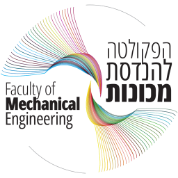Assistive devices, such as prosthetics and orthotics, enable millions of people to remain mobile and functional despite disabilities or injuries. Designing optimal, personalized biomechanical interfaces, however, remains challenging because of substantial inter- and intra-subject variability, the complexity of soft-tissue mechanics, and the practical constraints of human-subject experimentation. Central problems include accurate characterization and constitutive modeling of soft tissues, rigorous validation of computational predictions against measurements, and the development of devices that provide comfort and performance across diverse body types, pathologies, and activities.
This seminar presents advances in understanding and engineering the mechanical interaction between the human body and assistive devices. First, we introduce novel computational and experimental methods that utilize multimodal indentation to identify patient-specific soft tissue properties, capturing hyperelasticity, anisotropy, and heterogeneity. Next, we describe progress in designing compliant pressure-redistributing interfaces built from lattice structures with adjustable mechanical response. We demonstrate how engineered topologies and numerical homogenization enable efficient tuning of nonlinear and anisotropic properties. Finally, we present the design of personalized ankle–foot orthoses that restore functional gait during rehabilitation when offloading is required. Collectively, these studies emphasize the importance of integrating fundamental biomechanics with clinically meaningful solutions to deliver more effective assistive technologies.






